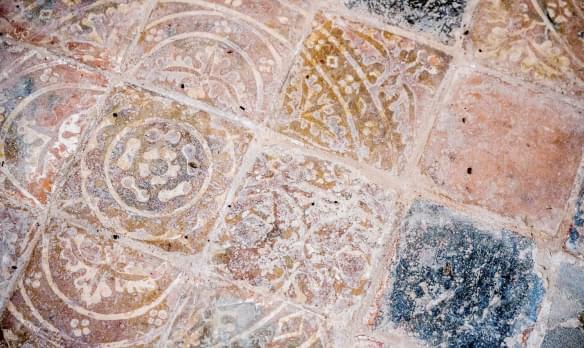
Trinity Church
Newport, Shropshire | TF10 7HD
There has been a long tradition in Britain of dissenting Christians worshipping outside the Church of England, and in that respect Newport was no different.
Search for a fascinating place to visit, or see the variety of churches, chapels and meeting houses we have supported.

Newport, Shropshire | TF10 7HD
There has been a long tradition in Britain of dissenting Christians worshipping outside the Church of England, and in that respect Newport was no different.

Rugeley, Staffordshire | WS15 2HG
The current building is 200 years old, there has been a church on this site since the 10th century.
We have supported this church

Lancaster, Lancashire | LA1 1YZ
We have supported this church

Dale Abbey, Derbyshire | DE7 4PN
At the far end of a rural village street, and feeling a very long way from the industrial estates only a few miles away, Dale Abbey is one of England's most idiosyncratic churches.

Hucknall, Nottinghamshire | NG15 7AS
Hucknall has a fascinating history and heritage, many of the famous people who once lived here, went on to help shape the world, whether through literature, the arts, the built environment or early computing.

Loppington, Shropshire | SY4 5SR
A Grade I listed church, dating from 1190.

Snaith, Yorkshire | DN14 9HE
Snaith Priory of St Laurence is a Grade I listed building situated in the town of Snaith in the East Riding of Yorkshire.

Sutton cum Lound, Nottinghamshire | DN22 8PN
Welcome to our beautiful and ancient church serving the villages of Sutton, Lound and Barnby Moor.

Misson, Yorkshire | DN10 6EB
Building on the church began during the 12th century and it has been the centre of religious life of the village for over 800 years.

Cossall, Nottinghamshire | NG16 2RW
We have supported this church

Bilton in Ainsty, Yorkshire | YO26 7NN
This splendid medieval church commands your attention with it’s bell cote, 17th century mounting block and war memorial and, if you visit in spring, a spectacular array of daffodils.

Repton, Derbyshire | DE65 6FH
St Wystan's has a fascinating and complex history, much of it forgotten or misunderstood until Dr Harold Taylor began to study it in the 1930s'.